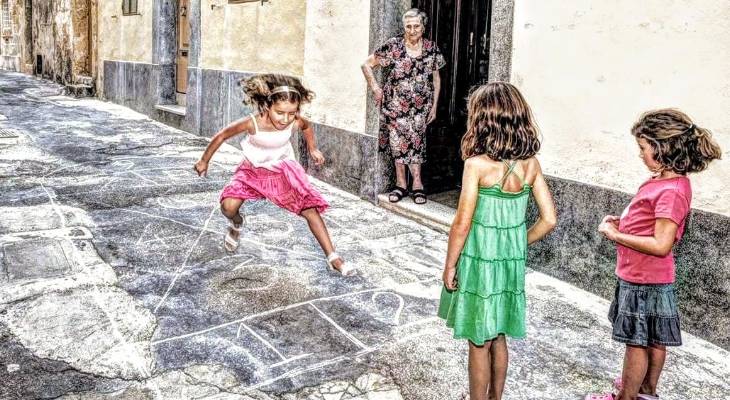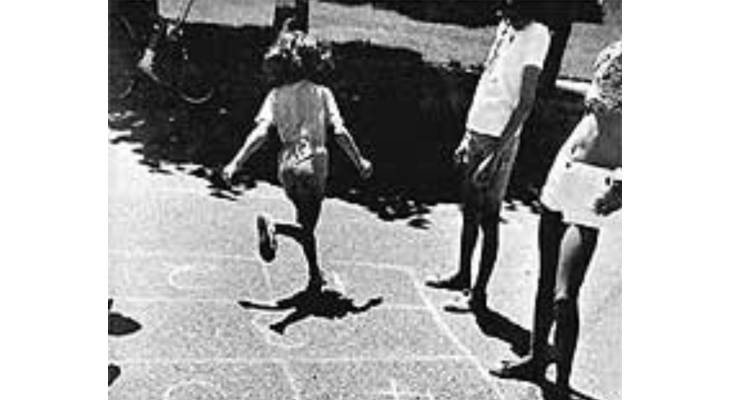Il-Passju: the traditional game is not as innocent as you may think & here’s why!
We remember playing it, and you probably do too!
The children’s game of hopscotch, or better known among Maltese locals as il-passju, is a traditional game that many of us enjoyed when we were younger. Back in the day, the game’s simplicity and varied ways of playing would provide children with endless fun - but a post by Heritage Malta suggests that the game wasn’t as innocent as we might have initially thought…
The game’s design
If you forgot how the game is played, let’s give you a little rundown!
The hopscotch design was first drawn on the street or the playground floor using a stone or a piece of chalk. The first player would have to toss a stone in the first square, and if successful, jump onto the first number, resting one of their legs on number one and the other on number two.
The child would then proceed by hopping with one leg on number three, step with both legs on four and five, hop on square number six, jump on seven and eight, and lastly finish on number nine! Phew… They would then repeat the whole process and pick up their stone on their way back.
After each member would have had their own turn to play, the process would start all over again, but this time around, the stone would be tossed on square two! I don’t think we need to explain the rest…

Winceslaw Spiteri via Facebook / Nostalgia Malta
But while many remember playing, this is actually only one part of the game!
According to Heritage Malta, in the second part, the player would give their back to the hopscotch design and blindly toss the stone. If they are lucky, and it falls on a particular number, they would have to write ‘baby’ in the square, which would then be labelled as theirs. From this point onwards, only the ‘owner’ would be allowed to step on the number. In fact, the winner of the game is the one with the most sections, hence the most ‘babies’.
Babies & hopscotch?
So, what’s the harm in this? Well, according to an infographic on the Heritage Malta webpage, the spaces in the game represent each month of a woman’s gestational period.
But there’s more! Do you remember how number nine was usually drawn in the shape of a semi-circle? It’s suggested that this was a representation of a woman’s waist at nine months of pregnancy.
But why would this affect children? Apparently, according to Heritage Malta, since it used to be the social norm for married couples to have many offspring, couples would not only be pressured by their family members to reproduce but would also be indoctrinated into following this social tradition from a very early age.

Joy Grech via Facebook / Nostalgia Malta
Therefore, it's suggested that the game of hopscotch, which encouraged children to win as many ‘babies’ as they can, was in fact one of the ways in which people were influenced into having more babies. Hence, when they grew up, these now adults would unconsciously perceive the idea of having many babies as being positive. Crazy, right?!
While we understand that many other social factors played a role in influencing children and later married couples in their choice to reproduce, we think this is a pretty good allegory…
What do you think? Do you believe this to be true?
Joy Grech via Facebook / Nostalgia Malta, Winceslaw Spiteri via Facebook / Nostalgia Malta